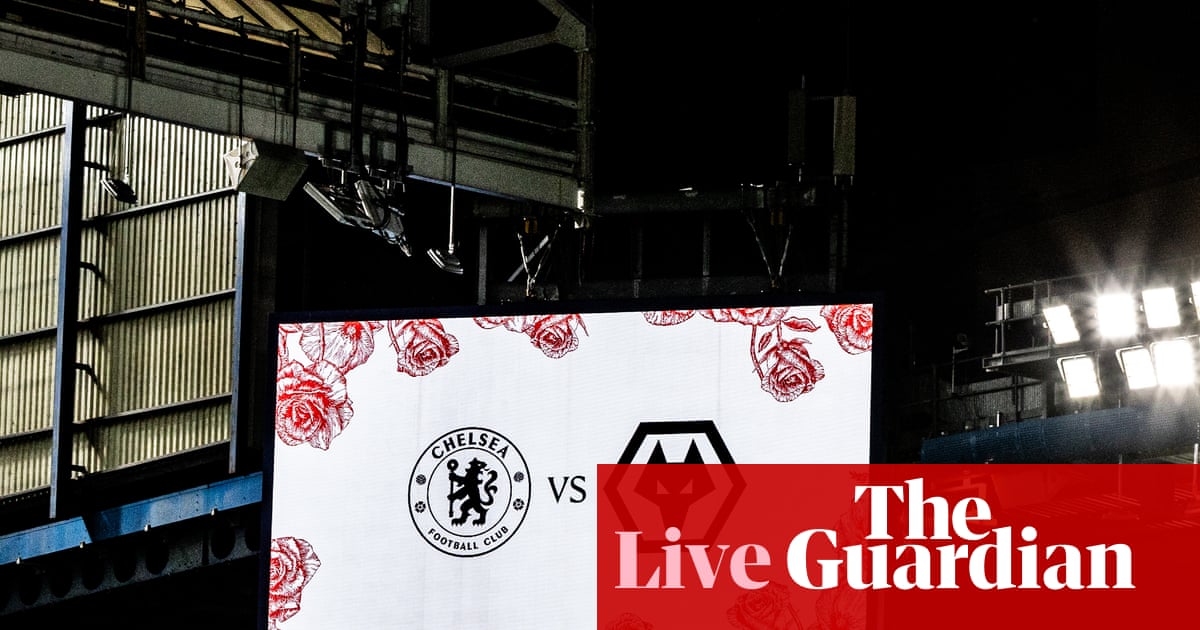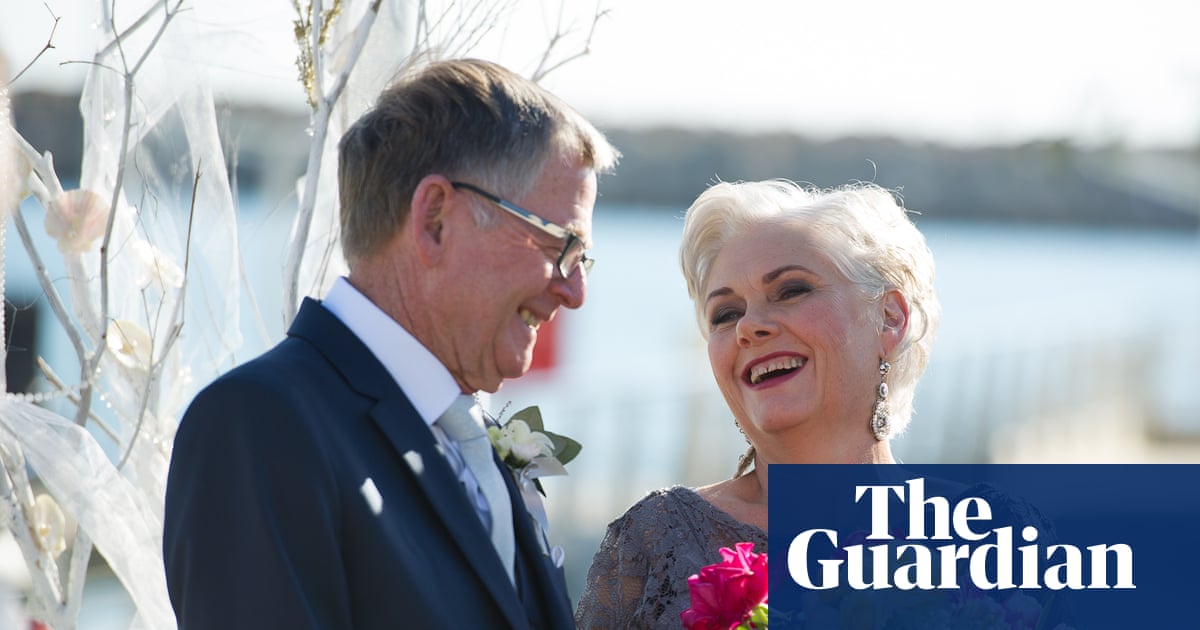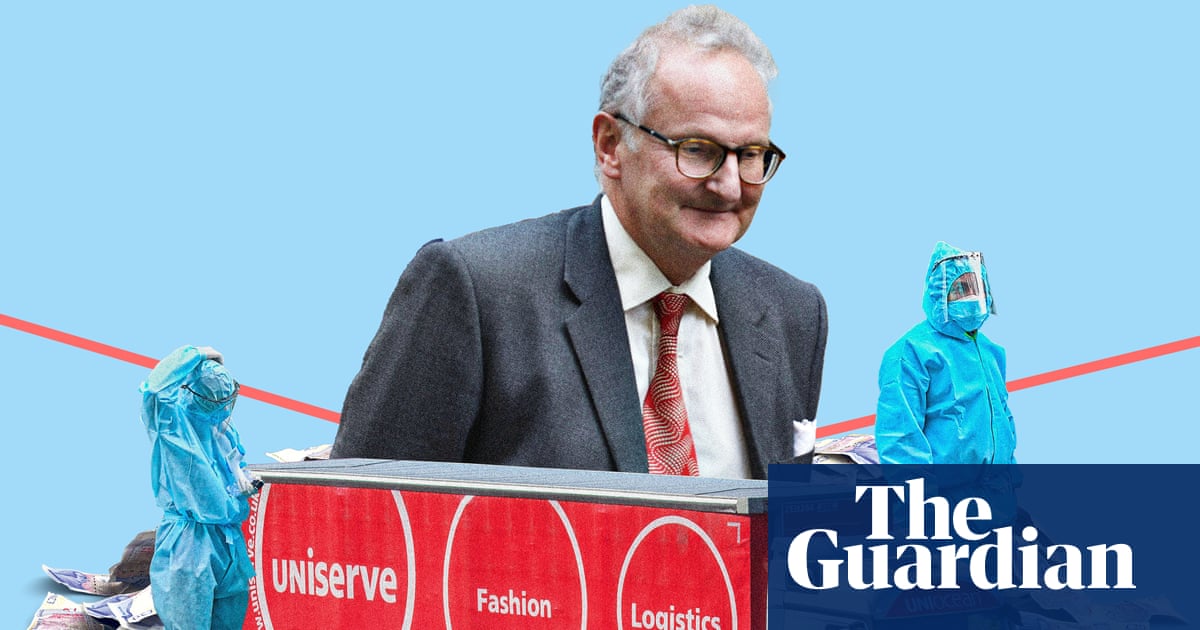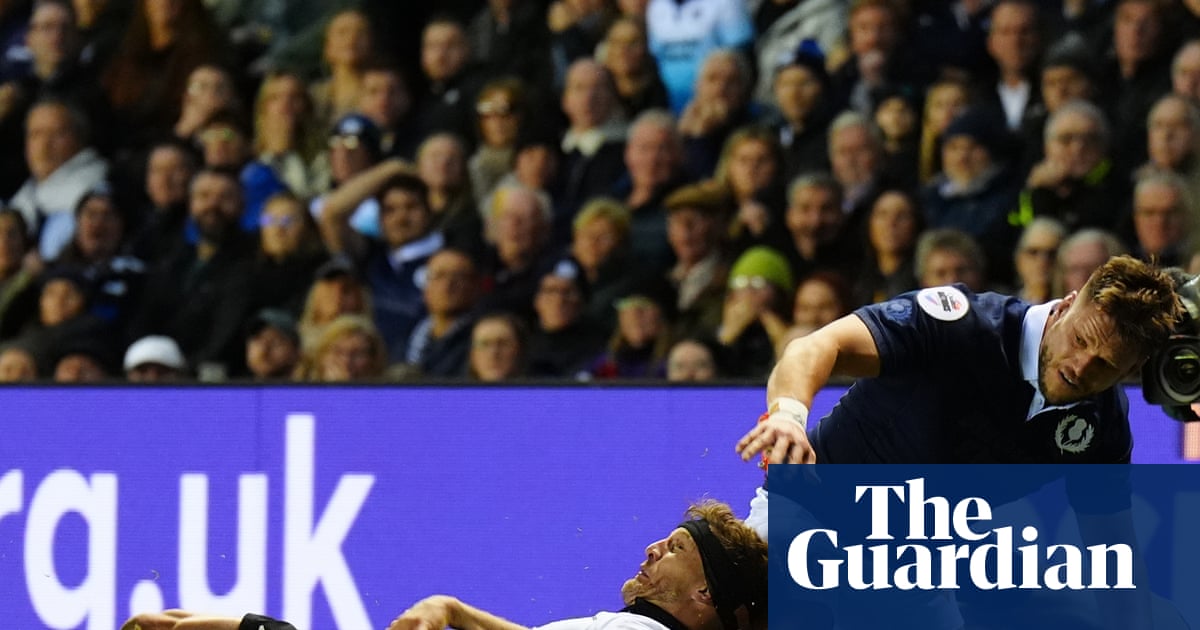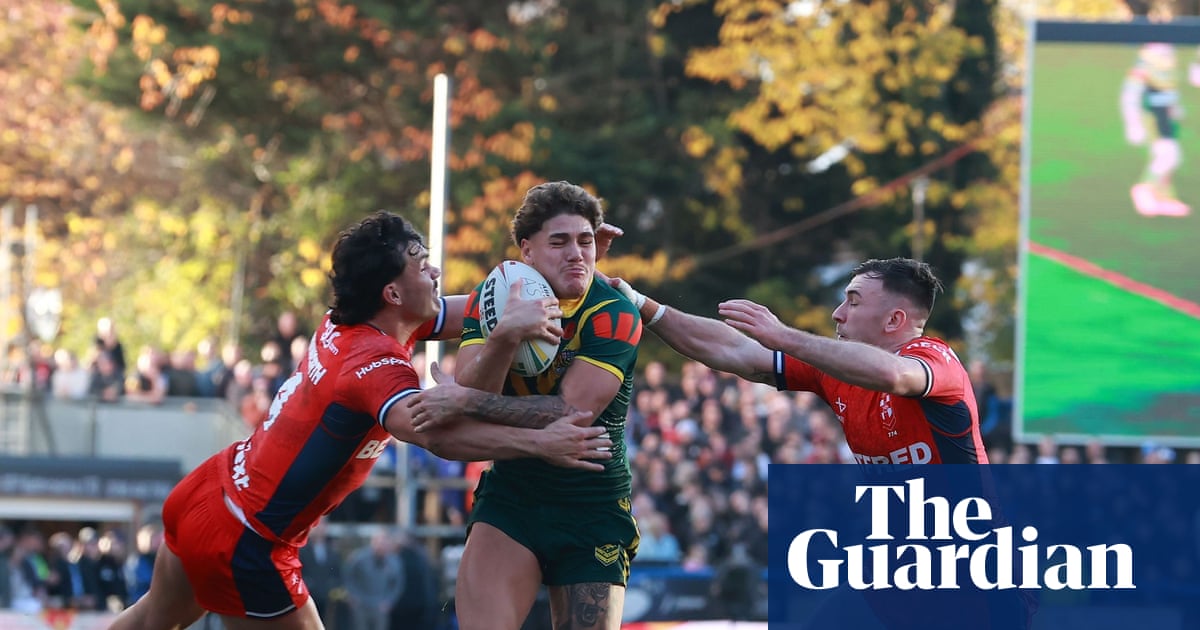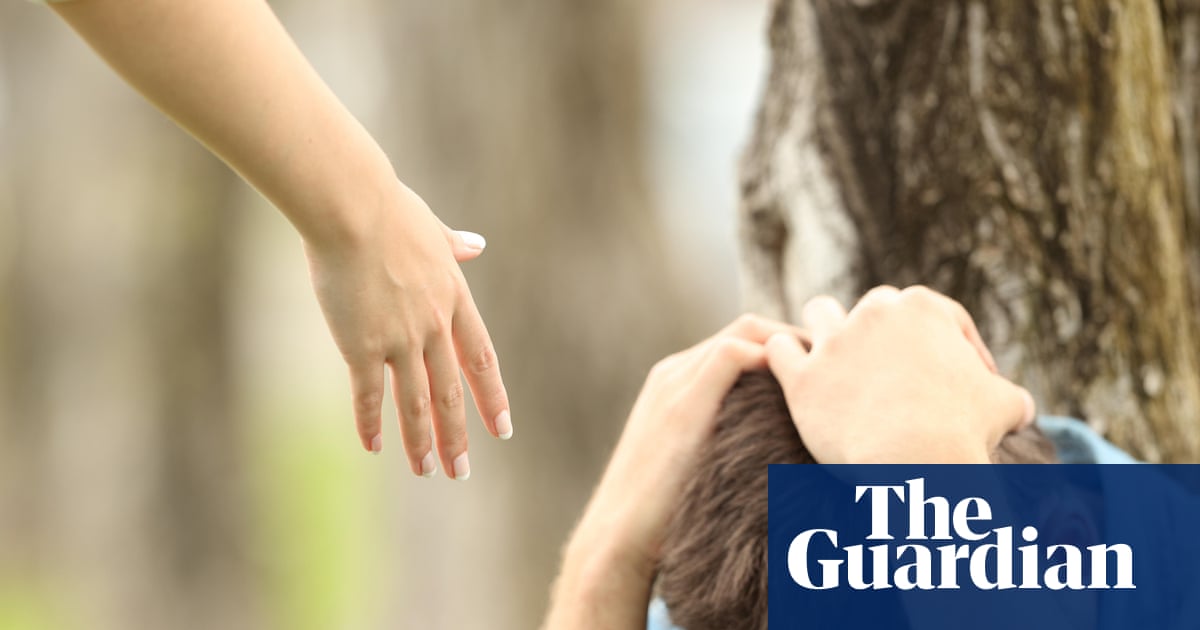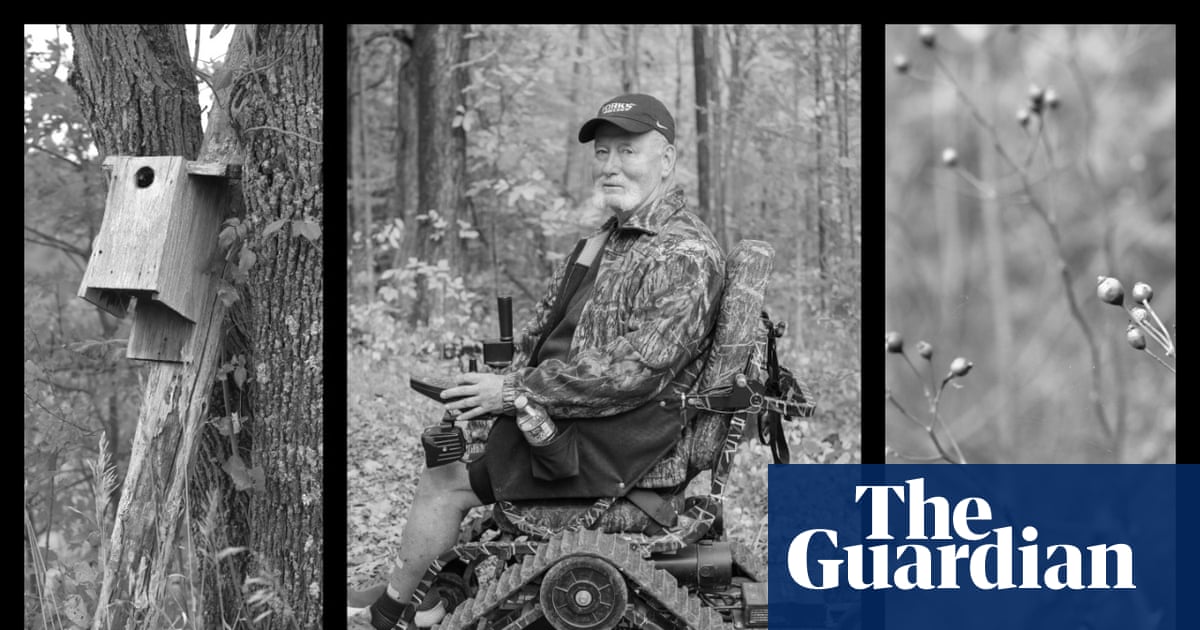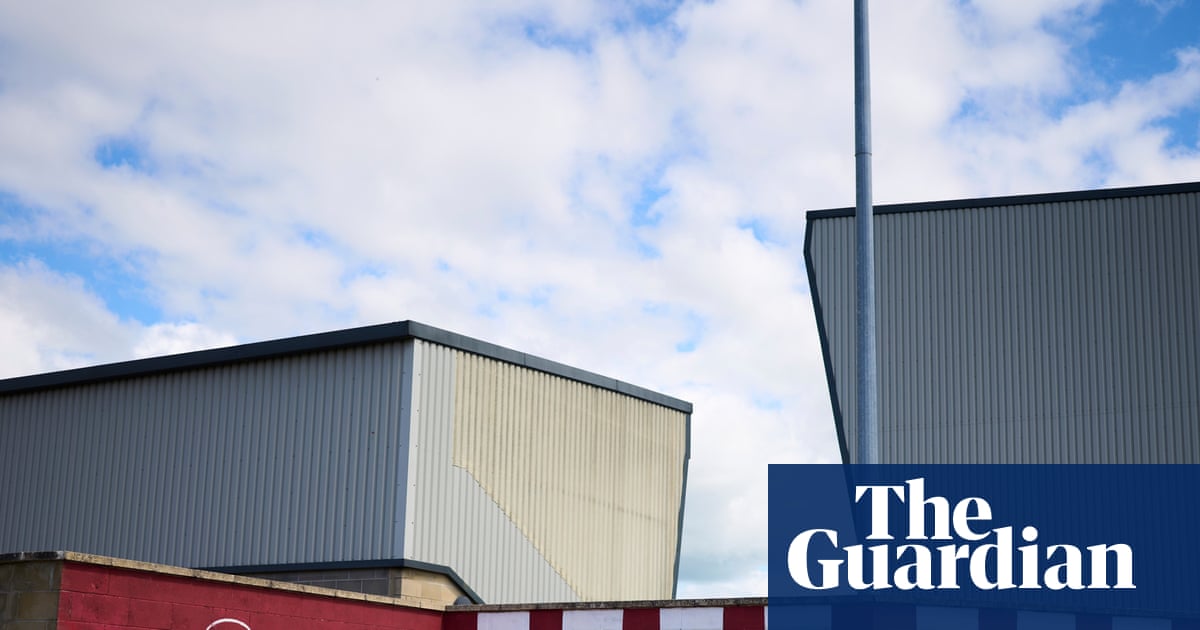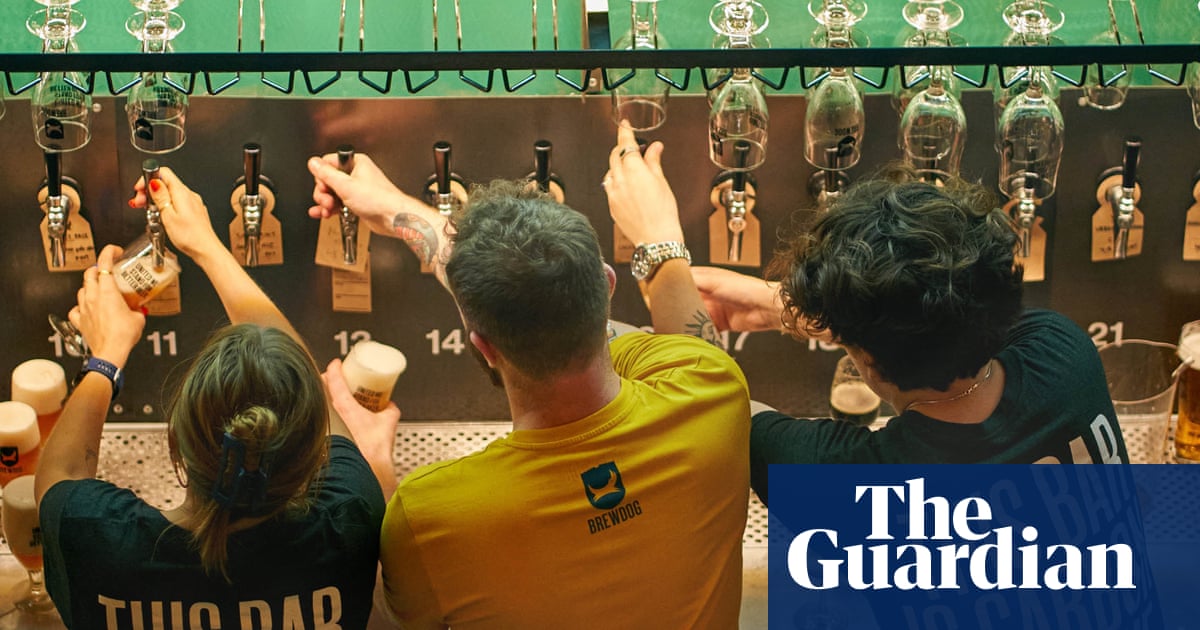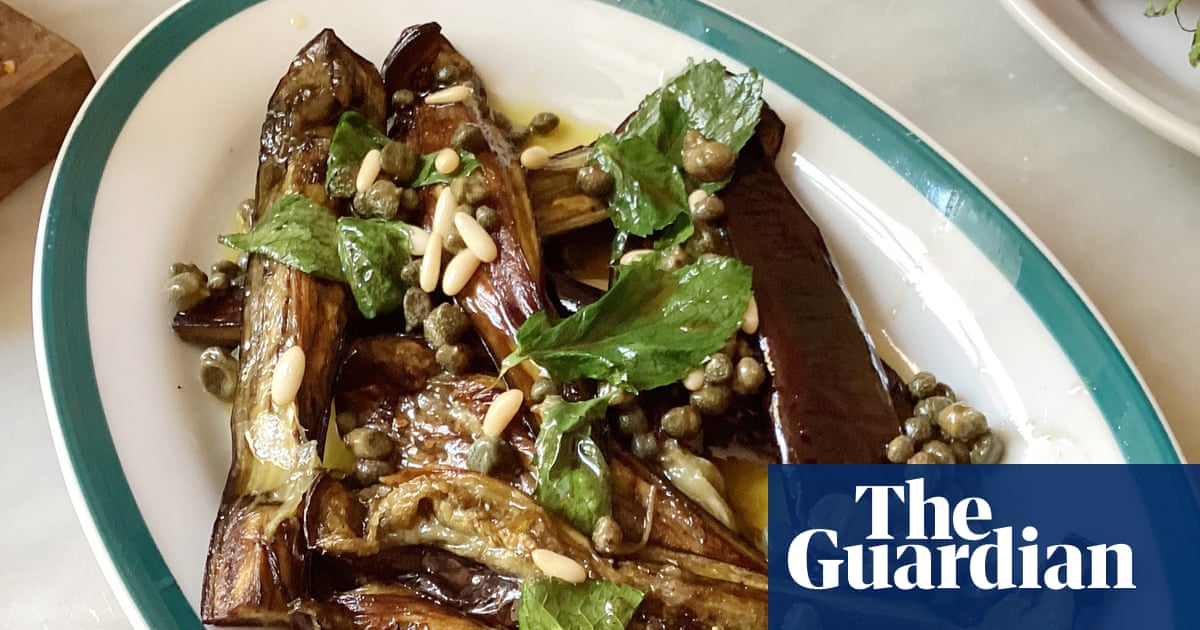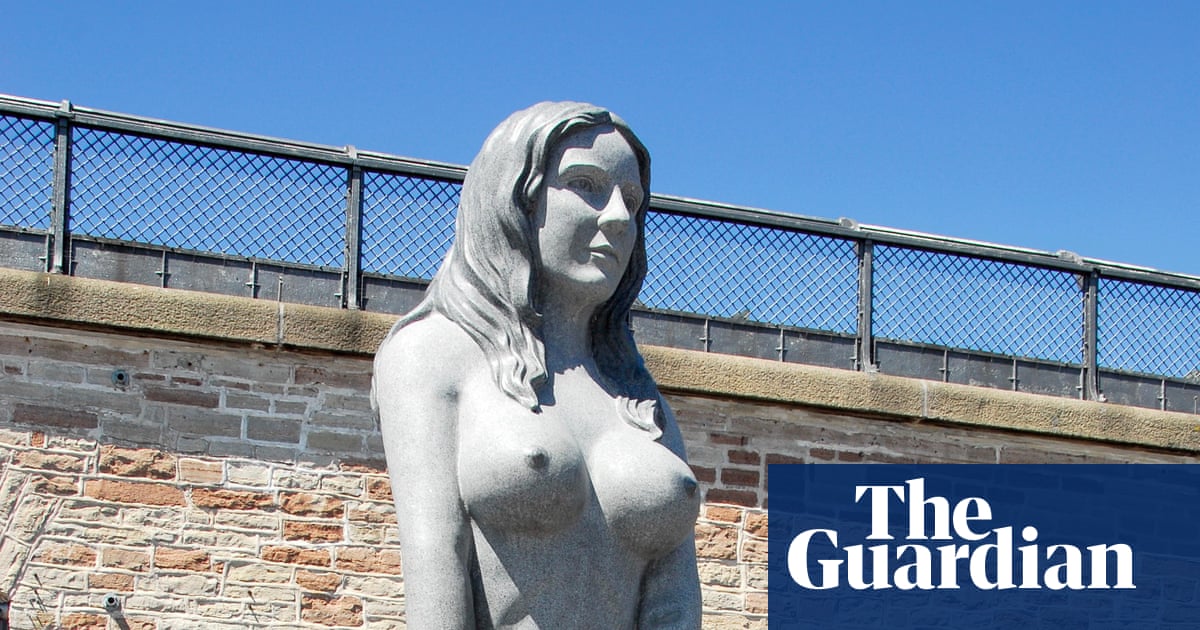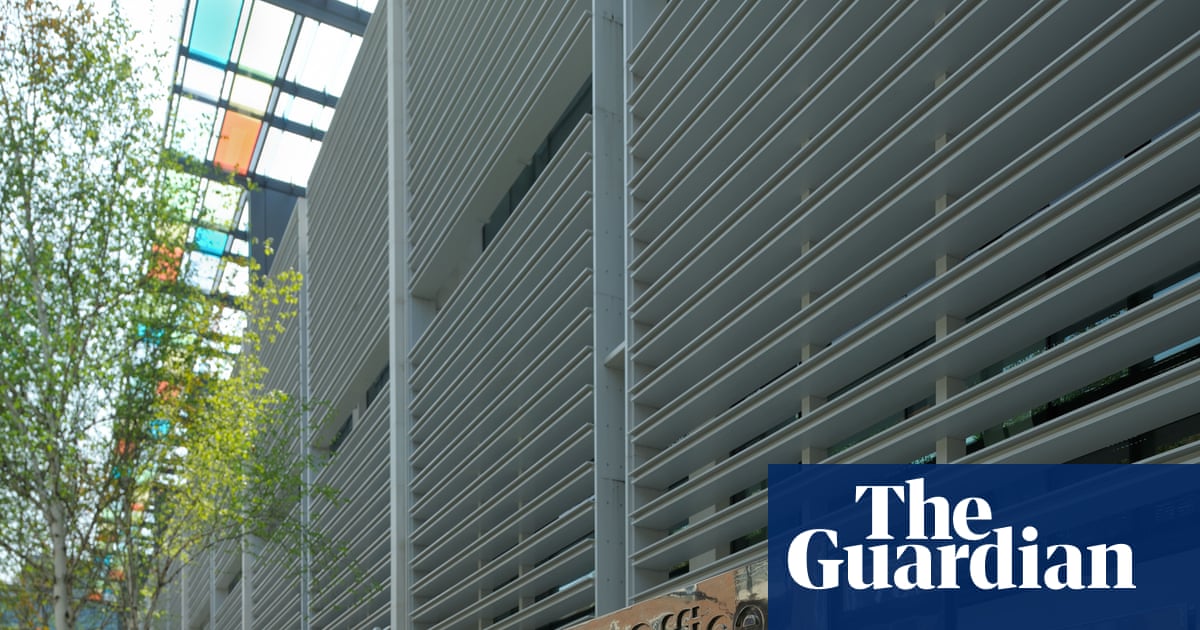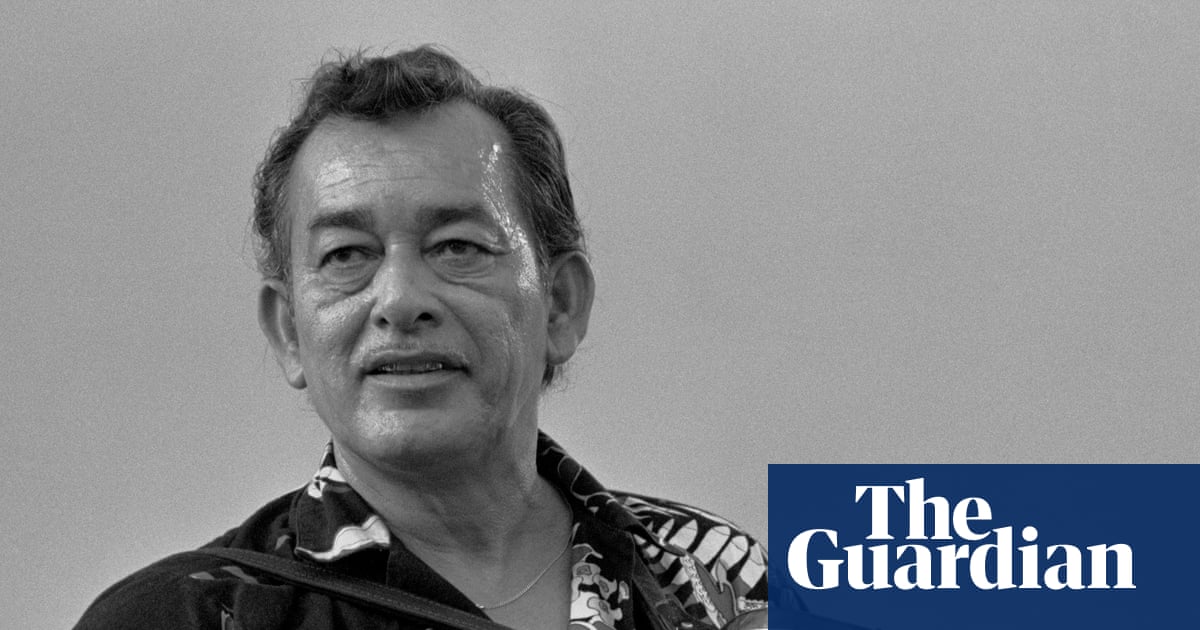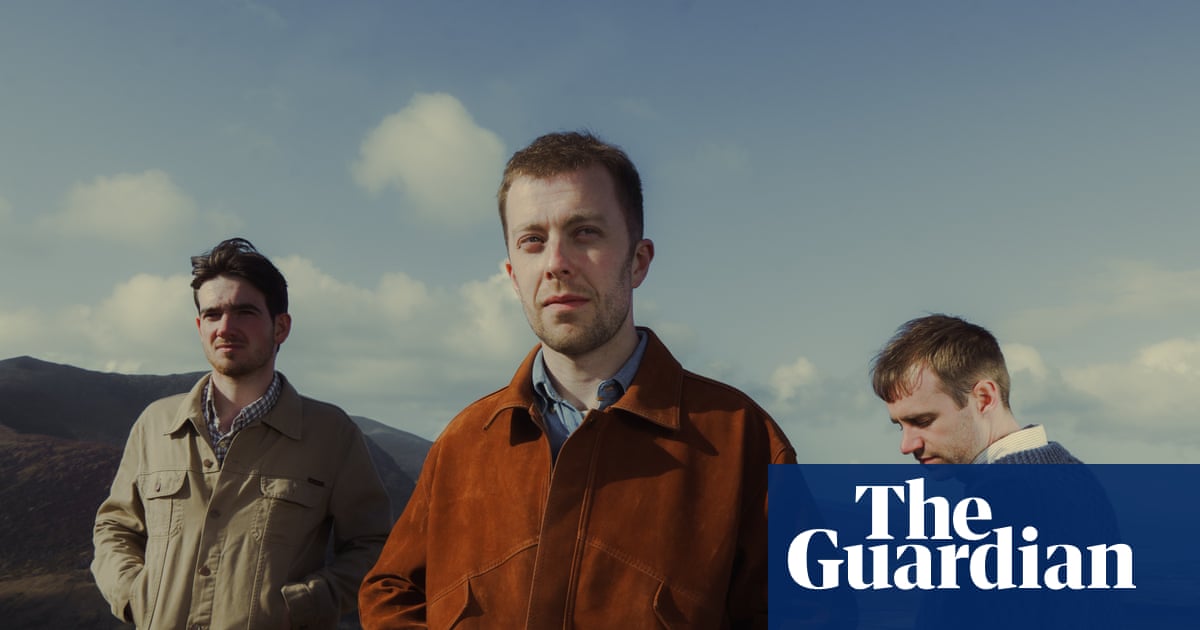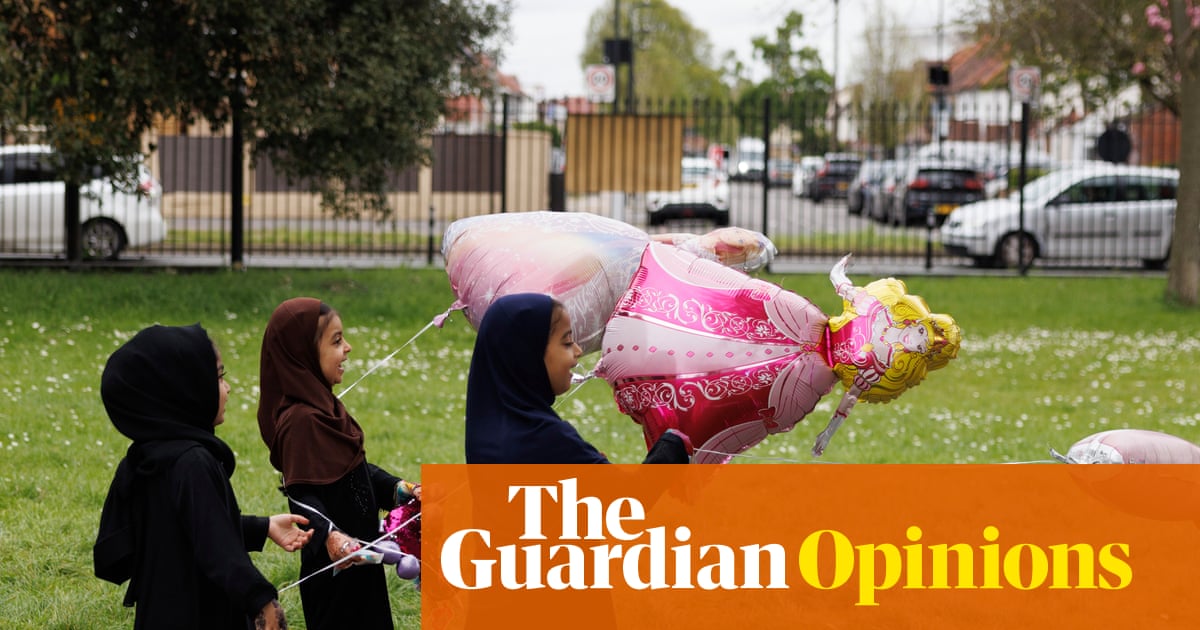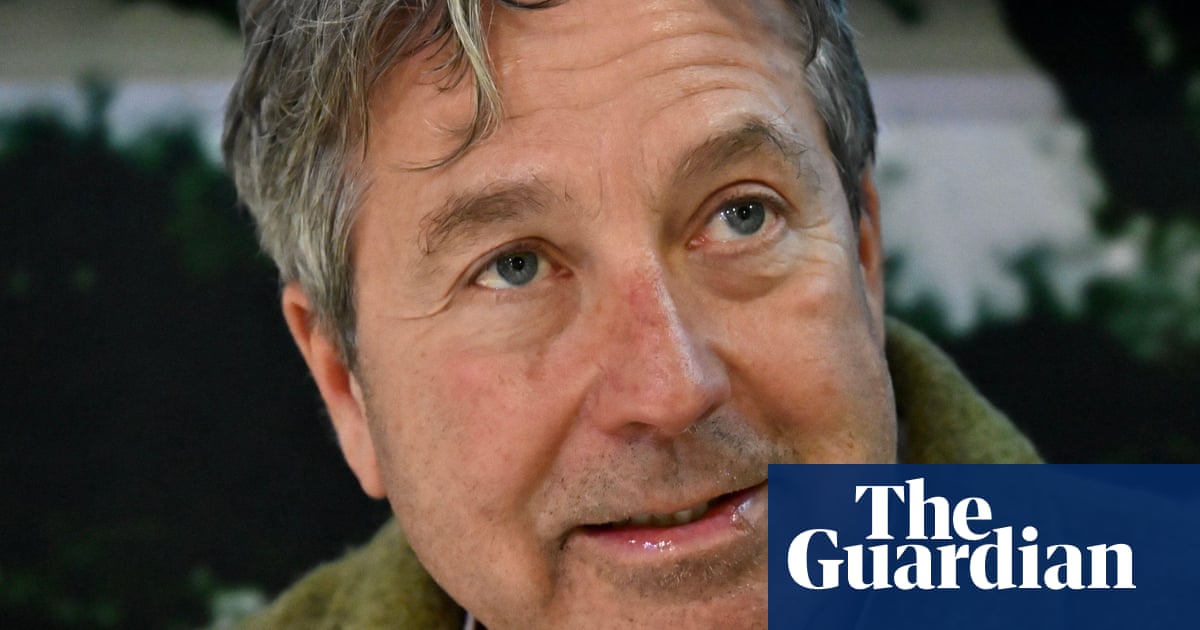Los Angeles II, California, 1974
Mitch Epstein has spent five decades photographing American life with wry empathy and formal precision. A pioneer of colour photography in the 1970s, he captured the rituals, diversions and contradictions of a pre-digital America, and documented American leisure with saturated colour and cinematic complexity. Yancey Richardson: Celebrating 30 Years is at Yancey Richardson, New York until 15 August
Photograph: Mitch Epstein

Karen (from the series Knit Club), 2018
Carolyn Drake’s practice challenges traditional boundaries between author and subject, and blends photography with embroidery, collage and sculpture. This image comes from Knit Club, a project with a group of women in Mississippi that explores identity and community. The series was shortlisted for the Paris Photo Aperture and Lucie Photo Book awards. See more here
Photograph: Carolyn Drake

Bona III, ISGM, Boston, 2019
Zanele Muholi is a visual activist and photographer who documents and celebrates the lives of Black LGBTQ+ communities in South Africa. Since 2006, Muholi has been engaged in Faces and Phases, a project portraying Black lesbian and transgender individuals with dignity and resilience. Their mission is to rewrite South Africa’s queer visual history, affirming presence and resistance amid widespread hate. See more here
Photograph: Zanele Muholi
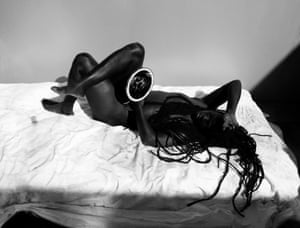
Untitled PB #1219, 1973
Jared Bark is best known for his performances in photo booths between 1969 and 1976. He initially used public booths, but ultimately acquired a secondhand one of his own, complicating the notion of a photo booth as a site of both public and private performance
Photograph: Jared Bark
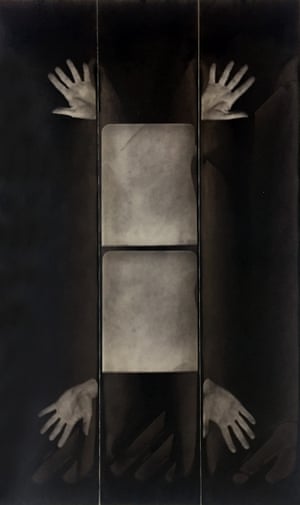
Sharon Wild (from the series The Valley), 2001
Larry Sultan grew up in California’s San Fernando Valley, which was a source of inspiration for a number of his projects. His series The Valley (2004) addresses the use of ordinary homes as sets for pornographic films, and asks why the ideal of middle-class domesticity lends itself to this most curious form of cultural appropriation
Photograph: Larry Sultan
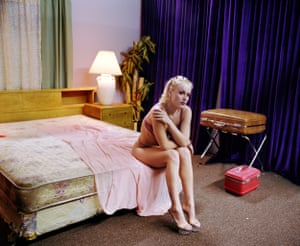
Jill in Newburgh, 2016
Lynn Saville photographs cities between twilight and dawn, capturing transitional, often deserted urban spaces. Her images focus on fundamental city elements – bridges, billboards, walls – existing independently of urban life. In her New York night photographs, the city appears suspended in time, revealing the shift from day to night and the transformation of industrial areas into residential neighbourhoods
Photograph: Lynn Saville
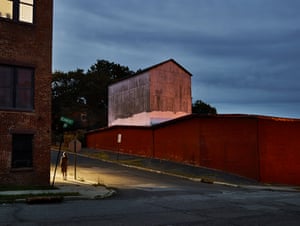
D23F29 (from the series Dogs Chasing My Car in the Desert), 1996-1998
Spanning more than 40 years, John Divola’s work has consistently questioned the limits of photography. His series Dogs Chasing My Car in the Desert (1996–98) comprises portraits of dogs that he photographed in motion with a motorised 35mm camera. The grainy black-and-white images evoke the spirit of Eadweard Muybridge’s stop-motion studies, and explore the herding relationship between man and animal with a slightly comic approach
Photograph: John Divola
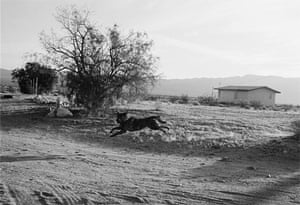
Stance, 2019
Matt Lipps creates complex photographic works by physically assembling cutout images from magazines and books into three-dimensional tableaux, which he then re-photographs and enlarges. In the 2019 series Where Figure Becomes Ground, he overlays iconic 1990s fashion images of supermodels such as Kate Moss and Cindy Crawford on to archival documentary photos from US Camera Annual (1938–69). The silhouettes of these figures serve as windows revealing historical moments from the second world war, and highlight photography’s constructed nature and shared visual language across disparate genres
Photograph: Matt Lipps
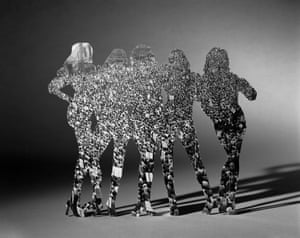
Andreu (Bathroom Mirror), 1997
David Hilliard’s large-scale, multi-panelled photographs transform intimate, personal moments into richly layered narratives that explore masculinity, aging, sexuality and spirituality. Andreu (Bathroom Mirror) captures a quiet moment of vulnerability and contemplation, using multiple perspectives to blur the lines between autobiography and fiction. His work balances formal storytelling with deeply personal insight, elevating the everyday to something both familiar and elusive
Photograph: David Hilliard
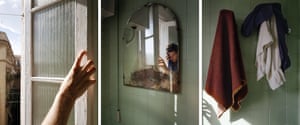
Positive Disintegration (Self-portrait), 2016
Tania Franco Klein creates staged, cinematic photographs that explore the psychological tensions of life in the digital age. In her series Positive Disintegration (2016–2019), she uses self-portraits to depict the emotional toll of relentless productivity and self-optimisation, inspired by Byung-Chul Han’s The Burnout Society. Her work offers a surreal collage of experiences reflecting the fragmented nature of contemporary life. She lives and works in Mexico City. You can see more here and here
Photograph: Tania Franco Klein/ courtesy Yancey Richardson
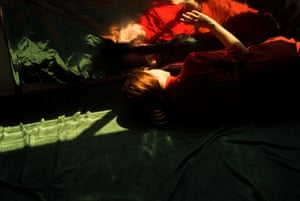
Deer Grazing on New Winter Wheat, Saline County, Kansas, 1990
Terry Evans is celebrated for her evocative photographs of the American Midwest’s landscapes and people. Growing up on the prairie instilled in her a deep connection to the Great Plains, which she has documented since the 1970s. Her work challenges common perceptions of the prairie, revealing its rich ecological diversity and complex cultural history. Her Inhabited Prairie series (1990–94) features black-and-white aerial images showing how farming, industry and military activity have transformed the Kansas landscape
Photograph: Terry Evans
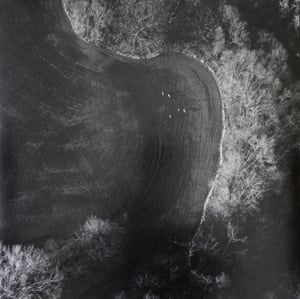
Carey, Farmington, GA, 1996
Mark Steinmetz is known for his intimate black-and-white images of youth and suburban life in the American south. Since the mid-1980s, he has used chance encounters to create portraits of solitary figures and everyday scenes that feel quietly introspective. Steinmetz’s work reveals the subtle complexities of growing up and the shifting landscapes of small-town America. You can see more here
Photograph: Mark Steinmetz
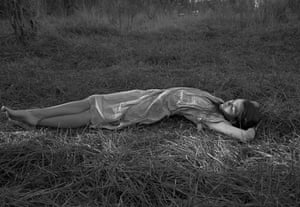
Alps – Geographies and People #7, 2013
Italian artist Olivo Barbieri is known for disorienting aerial photographs that blur the line between reality and representation. In Alps - Geographies and People, he uses a technique he calls ‘solid colour’ to partially erase the mountain landscape, drawing attention to its elemental form. Shot from a helicopter, the image captures climbers mid traverse, transforming the Alps into both stage and hallucination
Photograph: Olivo Barbieri
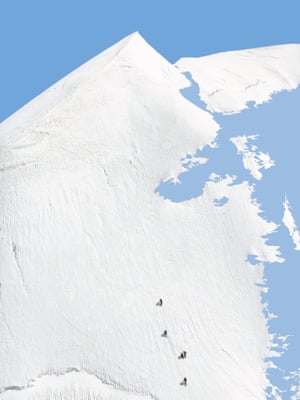
Untitled #1 (from the series Albeit), 2013
After she shifted from photographing people to still lifes, Laura Letinsky’s carefully crafted scenes often focus on remnants of meals. In her 2013 series Albeit, she uses flatbed scanners and magazine cutouts to dissolve hierarchies of high and low imagery, embracing the scanner’s restrictions to explore form. The layered compositions featuring fruit, cakes, goblets and cutlery suggest meals consumed, while reflecting on how photographs instruct how we build our lives
Photograph: Laura Letinsky
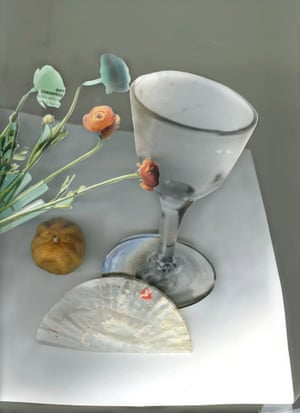
Becoming, Flower 01 (Rijksmuseum), 2021
Ori Gersht explores the tension between beauty and violence. In Becoming, postcards of still-life paintings from the Rijksmuseum, the Getty and the Met are printed on glass and then shattered, capturing the instant of collapse. The resulting image visualises a return to disorder and the fragility of collective memory
Photograph: Ori Gersht
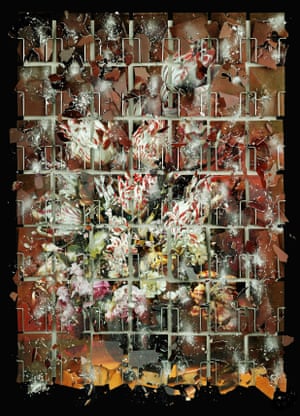
Early American, Lemons, 2007
Sharon Core creates meticulously crafted photographs that blur the line between reality and illusion. By recreating historic still lifes and iconic artworks – often growing her own fruits and flowers or sourcing antique objects – Core explores authenticity, artifice and photography’s relationship to painting. Her series Early American (2007–10) reimagines 19th-century still lifes inspired by Raphaelle Peale, using carefully cultivated produce and period glassware to evoke a time before photography
Photograph: Sharon Core/ courtesy Yancey Richardson
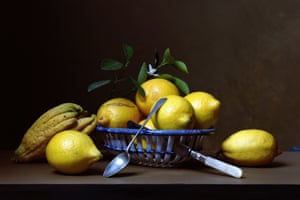

 3 months ago
112
3 months ago
112

